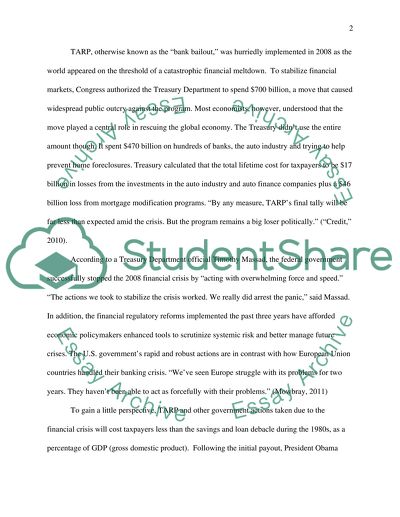Cite this document
(“Did the government bail outs actually work Term Paper”, n.d.)
Did the government bail outs actually work Term Paper. Retrieved from https://studentshare.org/macro-microeconomics/1437640-did-the-government-bail-outs-actually-work-yah-or
Did the government bail outs actually work Term Paper. Retrieved from https://studentshare.org/macro-microeconomics/1437640-did-the-government-bail-outs-actually-work-yah-or
(Did the Government Bail Outs Actually Work Term Paper)
Did the Government Bail Outs Actually Work Term Paper. https://studentshare.org/macro-microeconomics/1437640-did-the-government-bail-outs-actually-work-yah-or.
Did the Government Bail Outs Actually Work Term Paper. https://studentshare.org/macro-microeconomics/1437640-did-the-government-bail-outs-actually-work-yah-or.
“Did the Government Bail Outs Actually Work Term Paper”, n.d. https://studentshare.org/macro-microeconomics/1437640-did-the-government-bail-outs-actually-work-yah-or.


